Description
Sodium Polyacrylate: The Super Absorbent Polymer That’s Everywhere
Sodium polyacrylate, a seemingly unremarkable white powder, is actually a powerhouse material with a remarkable ability to absorb and retain water. It’s a polymer, a long chain of repeating molecules, and its impressive absorbency makes it a key ingredient in a wide range of products, from baby diapers to agricultural applications. But what exactly is sodium polyacrylate, how does it work, and why is it so ubiquitous in our modern lives?
What is Sodium Polyacrylate?
Sodium polyacrylate is a synthetic polymer composed of acrylic acid and sodium hydroxide. The resulting molecule has a repeating structure that allows it to form a network when exposed to water. This network acts like a sponge, drawing in and trapping water molecules within its structure.
Key characteristics of sodium polyacrylate include:
- Super Absorbent: It can absorb hundreds of times its weight in water. Some grades can absorb up to 500 times their weight!
- Non-Toxic (in most forms): Generally considered safe for use in consumer products, although individual sensitivity can vary.
- Biodegradable (under specific conditions): While not readily biodegradable in landfills, it can break down under specific environmental conditions.
- Water-Insoluble: Once the water is absorbed, it becomes a gel-like substance and doesn’t easily release the water.
How Does It Work its Magic?
The secret to sodium polyacrylate’s absorbency lies in its chemical structure and its interaction with water molecules. The polymer chains are negatively charged, which attracts the positively charged ends of water molecules (hydrogen). This attraction causes the polymer to swell as water molecules are drawn into the network.
The “super absorbent” nature comes from the polymer’s ability to form a strong, cross-linked structure. These cross-links prevent the polymer from dissolving in the water it absorbs, creating a stable gel. This gel retains the water, even under pressure.
A World of Applications:
Sodium polyacrylate’s unique properties have led to its widespread use in various industries:
- Hygiene Products: The most well-known application is in baby diapers, sanitary napkins, and adult incontinence products. It efficiently absorbs and retains urine, keeping skin dry and preventing diaper rash.
- Agriculture: In agriculture, it’s used as a soil amendment to improve water retention. It helps plants survive drought conditions by holding water in the root zone, reducing the need for frequent irrigation.
- Medical Applications: Sodium polyacrylate is used in wound dressings to absorb fluids and promote healing. It’s also found in surgical sponges and can be used to control bleeding.
- Spill Control: Its absorbent properties make it useful for cleaning up liquid spills, particularly in industrial settings. It solidifies the liquid, making it easier and safer to handle.
- Construction: In the construction industry, it’s used in concrete to reduce water loss during the curing process, leading to stronger and more durable concrete structures.
- Food Packaging: It can be found in some food packaging to absorb excess moisture and prevent spoilage.
- Toys and Novelties: Some novelty toys, like “instant snow,” use sodium polyacrylate to create a fun and educational demonstration of its absorbent capabilities.
Considerations and Future Directions:
While sodium polyacrylate is generally considered safe, concerns have been raised about its environmental impact, particularly regarding its biodegradability. Research is ongoing to develop more biodegradable and sustainable alternatives.
Furthermore, scientists are exploring new applications and modifications of sodium polyacrylate, including:
- Developing more sustainable and bio-based alternatives.
- Creating “smart” polymers that release water slowly as needed.
- Utilizing it in advanced drug delivery systems.
- Exploring its potential in water purification and wastewater treatment.
In conclusion, sodium polyacrylate is a versatile and indispensable polymer that plays a crucial role in various industries. Its remarkable absorbency and water-retention capabilities have revolutionized hygiene products, agriculture, and many other applications. While concerns about its environmental impact remain, ongoing research promises to unlock even greater potential for this “super absorbent” polymer in the future.

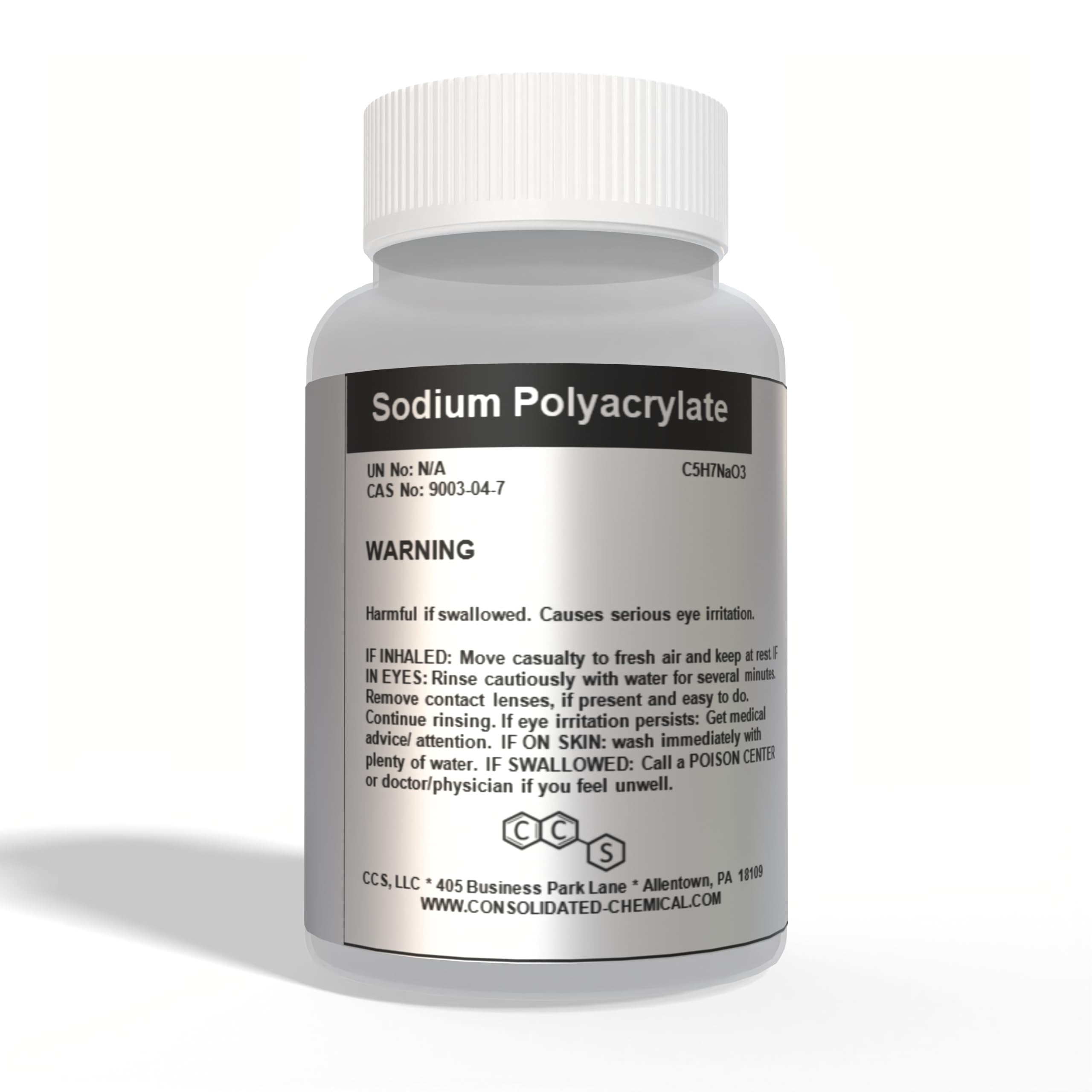
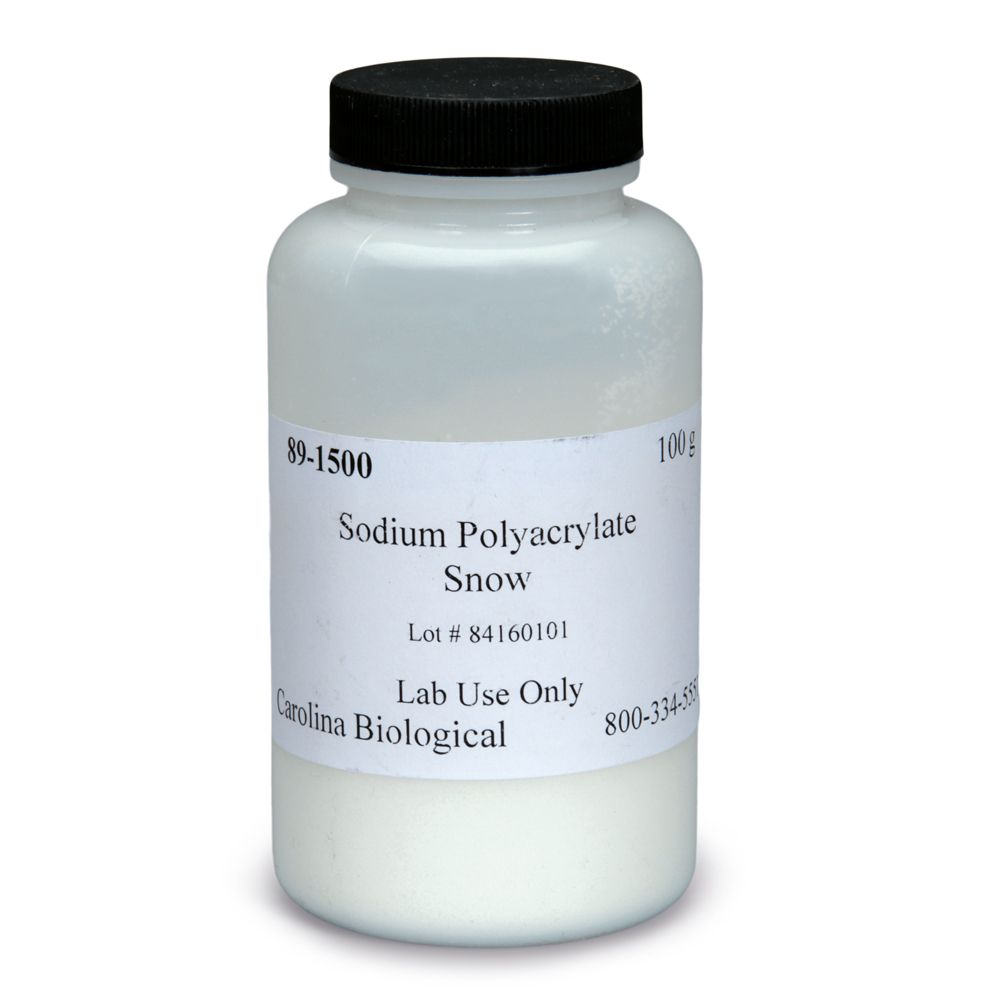
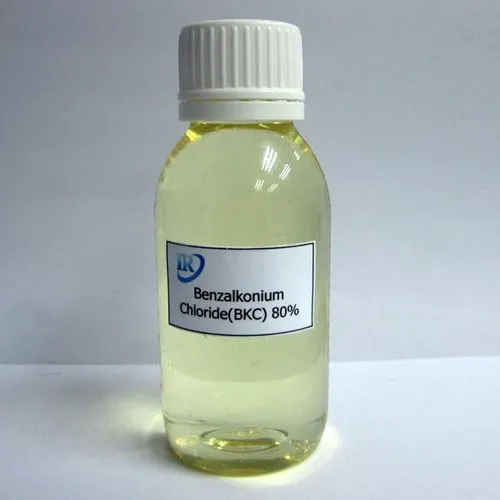
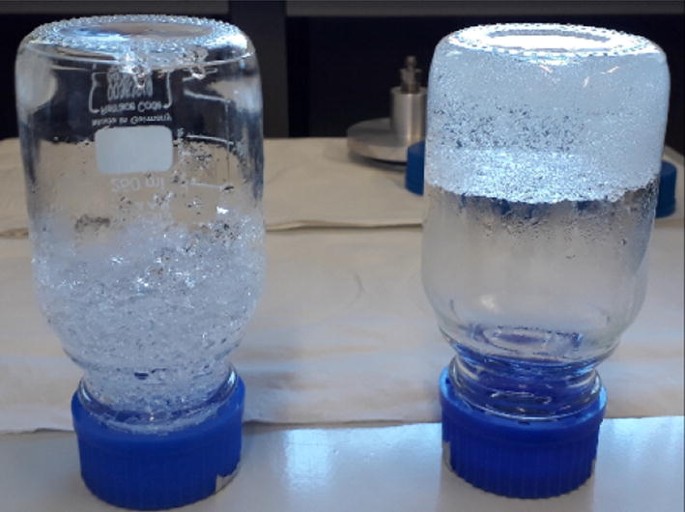
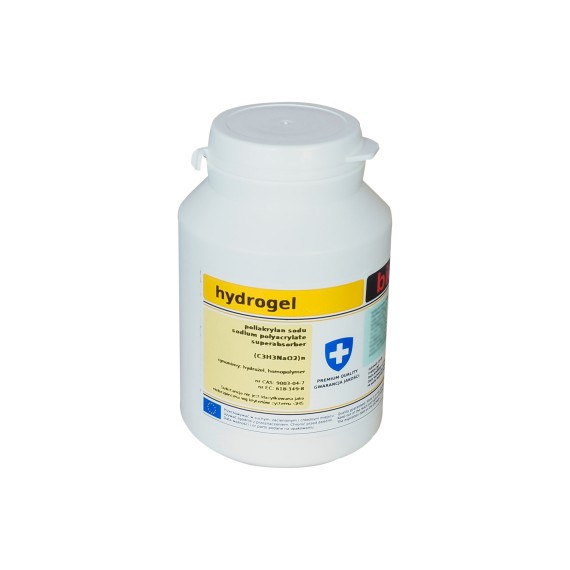
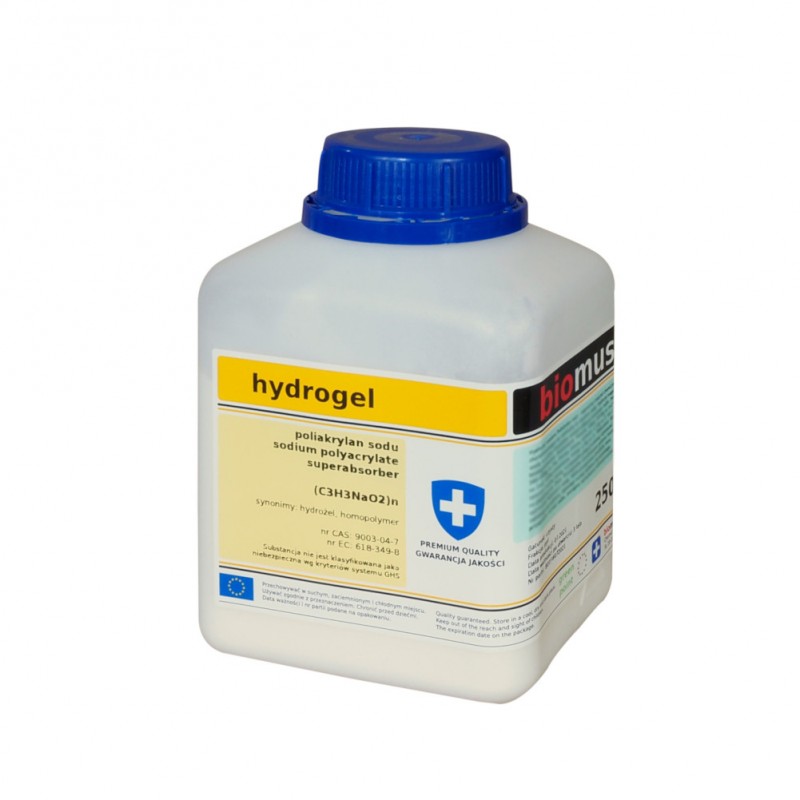




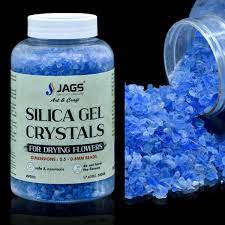

Reviews
There are no reviews yet.